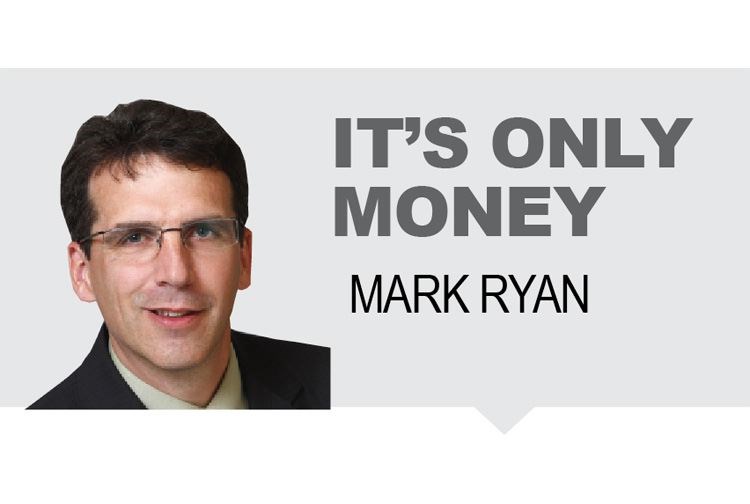Earlier this year, flamboyant Israeli-American entrepreneur Adam Neumann sold the word "we" to a corporate investor for $5.9 million dollars. He was shamed into giving it back -- not owing to that transaction's brashness, but because it was just a cash-in-the-crack-of-the-couch throw-in to the even larger fandangle.
Several months earlier Neuman was figger'n on bigger'n, and bigger he did. He bagged $4.4 billion of walking around money during a 12-minute stroll through his swanky digs with that same investor. He had no clear business plan, but the long-haired, dooby-smoking frat-boy levered his unbounded enthusiasm in a hand-shook deal, which the gullible Japanese financier could afford to lose. Good thing he could afford it. Just a few weeks ago, Neumann was given $1.7 billion in exchange for his promise to stop coming to work in the morning.
If there are any kindly overseas investors reading this article, I've got a full sentence for sale for a meagre $1,000,000. "What on earth was I thinking?" It's a bargain, and can be re-used in several different situations.
Better still, three full paragraphs from our RBC Economics team to discuss the current state of markets in Canada.
After keeping noticeably quiet in recent months, the Bank of Canada gave us a bit more food for thought in its November statement. Trade tensions were a key theme with both Governor Poloz and Senior Deputy Governor Wilkins noting that the US-China trade war could cost the global economy around $1 trillion in lost output by 2021. While that's taking a toll on Canada's economy, the impact to date hasn't been significant enough for the Bank of Canada to join its global counterparts in lowering rates. One reason it has remained on the sidelines is household debt. Regarding October's steady rate decision, Wilkins reiterated that taking out insurance against downside risks "wasn't worth the cost" of adding to vulnerabilities around high household debt down the road. That said, the bank has opened the door to a rate cut, and will continue to weigh the costs and benefits of such insurance in the coming months.
Our forecast is for a 1.5 per cent annualized increase in Q3 GDP, just a touch stronger than the Bank of Canada's 1.3 per cent projection. Both would be down from average (but choppy) growth of 2.1 per cent over the first half of the year. The negative impact of global trade tensions will be evident in soft business investment (also weighed down by ongoing challenges in the energy sector) and weaker exports. We expect the two combined to shave about 3/4 of a per cent off growth in Q3. That leaves households to do much of the heavy lifting, with housing activity alone likely contributing 1/2 per cent to growth. Lower market interest rates (reflecting global central bank easing) have helped spur on demand, with mortgage debt now rising at its fastest quarterly pace since 2017 (hence the bank's fresh worries about household debt).
As the bank noted in October, the household sector will be key in upcoming monetary policy decisions. Signs that trade tensions and slowing global growth are having an effect beyond business investment and exports could make a dose of insurance worth the cost. Even an increase in trade tensions, or more pronounced slowing in exports and investment, could nudge rates downward. However, ongoing resilience in consumer spending and a further acceleration in housing activity would reduce the need and raise the cost. We see the potential for a rate cut early next year, although not likely sooner.
Mark Ryan is an Investment Advisor with RBC Dominion Securities Inc. (Member-Canadian Investor Protection Fund), and these are Ryan's views, and not those of RBC Dominion Securities. This article is for information purposes only. Please consult with a professional advisor before taking any action based on information in this article. See Ryan's website at: http://dir.rbcinvestments.com/mark.ryan


